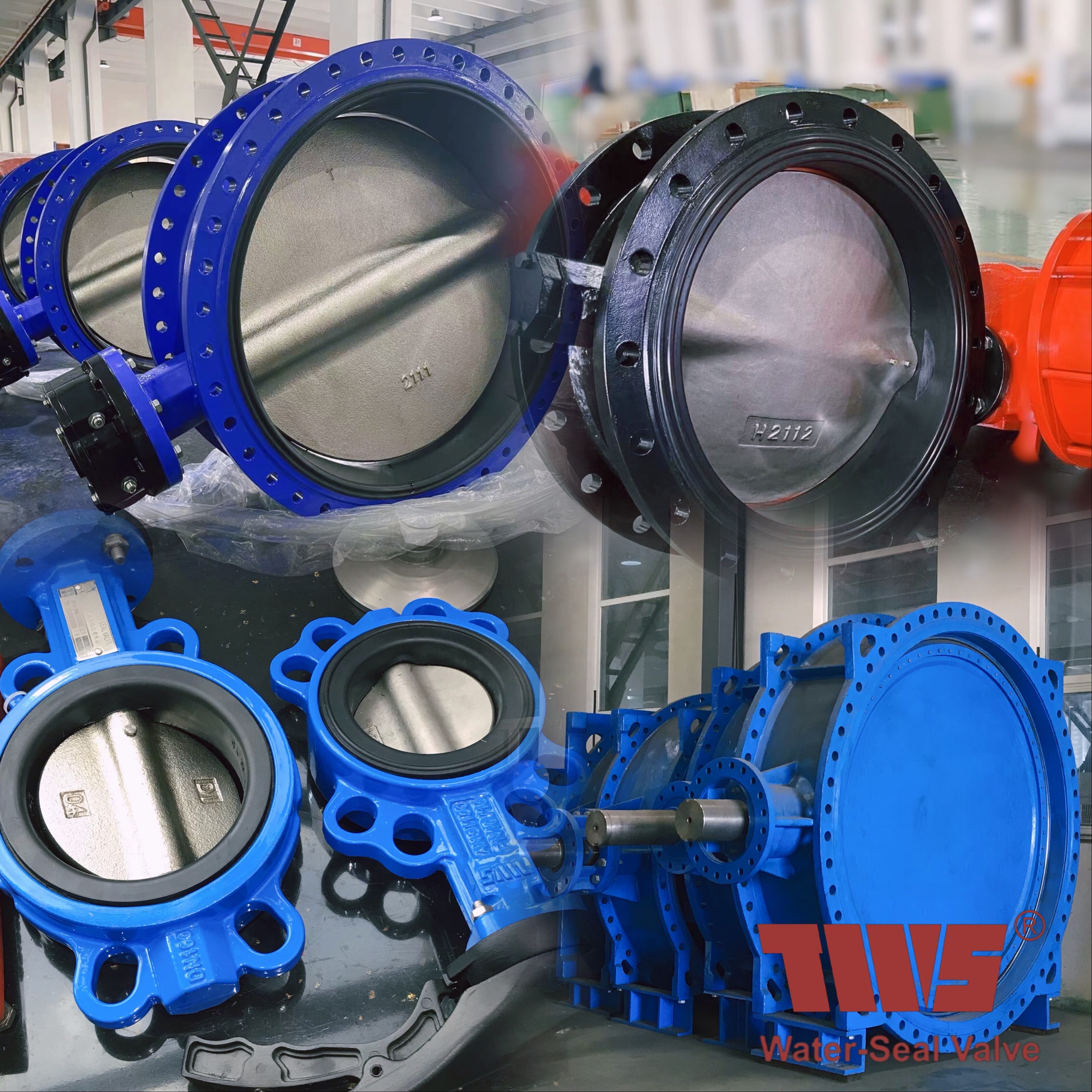1. The stomata
This is a small cavity formed by the gas that the metal solidification process does not escape inside the metal. Its inner wall is smooth and contains gas, which has a high reflectivity to the ultrasonic wave, but because it is basically spherical or ellipsoid, it is a point defect, which affects its reflection amplitude. The air hole in the ingot is flattened into an area defect after forging or rolling, which is beneficial to be found by ultrasonic inspection.
2. Retraction and loose hole
When the casting or ingot is cooled and solidified, the volume should shrink, and the hollow defect cannot be supplemented by liquid metal. Large and concentrated vovities are called shrinkage holes, and small and scattered voids are called loose. Due to the law of thermal expansion and cold contraction, the shrinkage hole is bound to exist, but there are different shapes, sizes and positions with different processing methods, and it becomes a defect when it extends to the casting or ingot body. If the ingot does not cut the shrinkage hole clean and bring it into the forging parts, it will become a residual shrinkage hole (residual shrinkage hole, residual shrinkage pipe).
3. Clip slag
The slag in the smelting process or the refractory on the furnace body peels off into the liquid metal, and is drawn into the casting or steel ingot when pouring, forming the slag clamp defect. Slag usually does not exist alone, often in a dense state or scattered at different depths, it is similar to volume defects but often has a certain linearity.
4. Mixed
The reaction products in the smelting process (such as oxide, sulfide, etc.) -non-metallic inclusions, or the added material of some components in the metal components is not completely melted and remain to form metal inclusions, such as high density, high melting point components-tungsten, molybdenum, etc.
5. Paraphrase
The segregation in casting or ingot mainly refers to the component segregation formed in the uneven distribution of components in the smelting process or the melting process of metal. The mechanical properties of the area with the segregation are different from the mechanical properties of the whole metal matrix, and the difference beyond the allowable standard range becomes a defect.
6. Casting cracks
The crack in the casting is mainly caused by the shrinkage stress of the metal cooling solidification exceeds the ultimate strength of the material, it is related to the shape of the casting design and casting process, and also related to the cracking sensitivity of some impurities in the metal materials (such as high sulfur content, cold brittleness, high phosphorus content, etc.). In the spindle, there will also be cracks in the shaft crystal, and in the subsequent billet forging, it will remain in the forging as the internal crack of the forging.
Besides, Tianjin Tanggu Water Seal Valve Co., Ltd. is a technologically advanced elastic seat valve supporting enterprises, the products are rubber seat wafer butterfly valve, lug butterfly valve, double flange concentric butterfly valve, double flange eccentric butterfly valve, balance valve, wafer dual plate check valve, Y-Strainer and so on. At Tianjin Tanggu Water Seal Valve Co., Ltd., we pride ourselves on providing first-class products that meet the highest industry standards. With our wide range of valves and fittings, you can trust us to provide the perfect solution for your water system. Contact us today to learn more about our products and how we can help you.
Post time: Jun-14-2024





